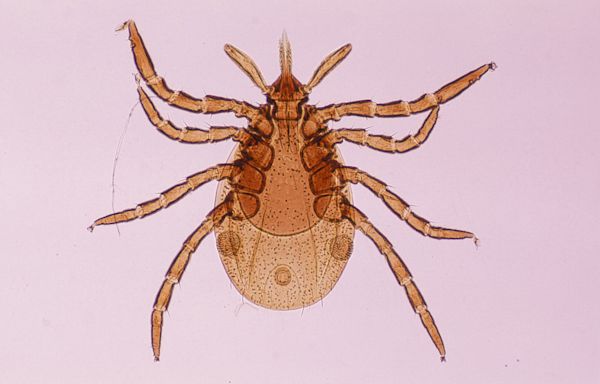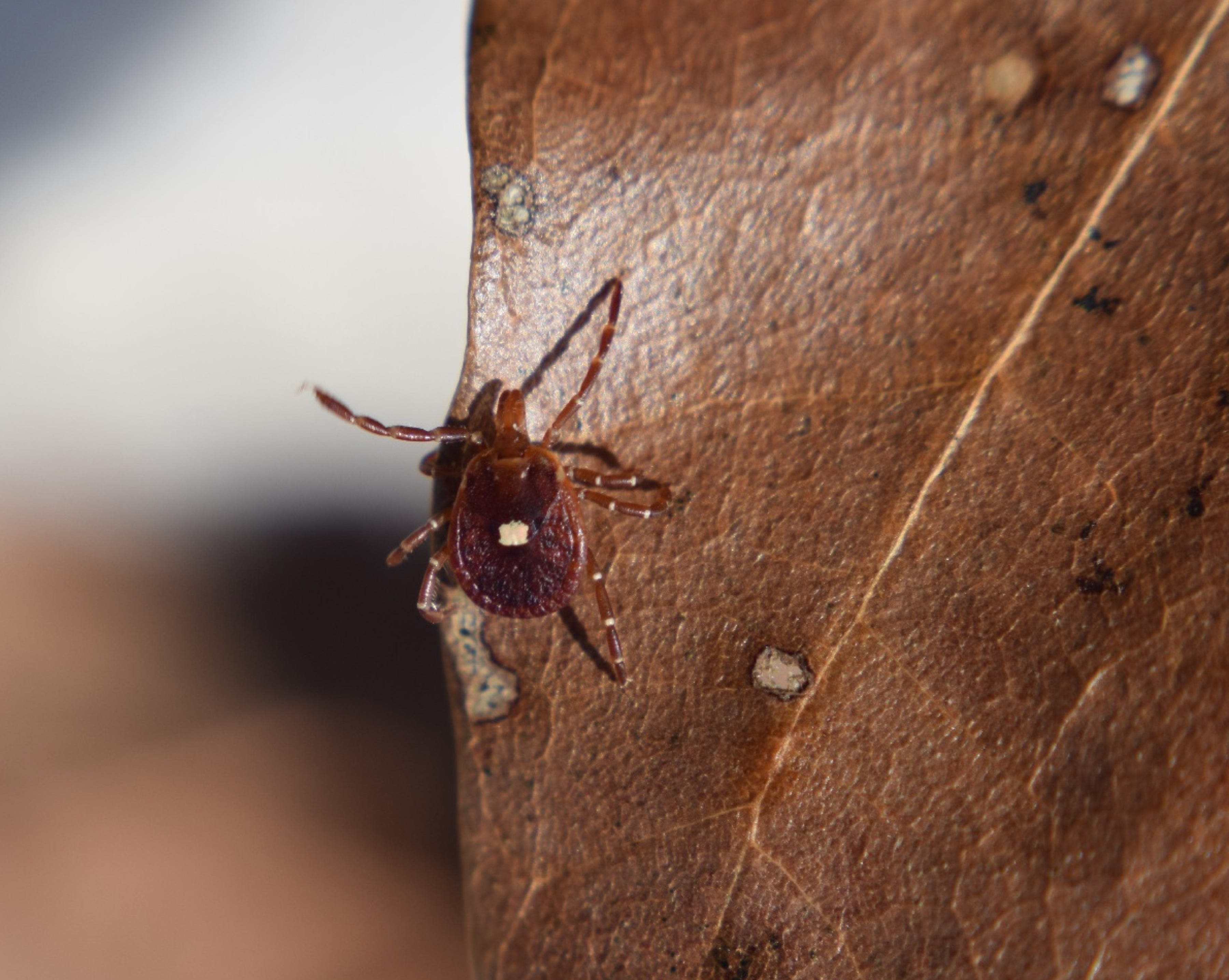Search results
News about Lyme disease, Kirsten Stein, Doctors
News about ticks, Maryland, prevention
News about Project Lyme, MaineHealth, Lyme disease
Also in the news
People also ask
Is Lyme disease a bacterial infection?
What is Lyme disease & how is it treated?
Does Lyme disease cause pain?
4 days ago · Lyme disease, also known as Lyme borreliosis, is a tick-borne disease caused by species of Borrelia bacteria, transmitted by blood-feeding ticks in the genus Ixodes. [3] [8] [9] The most common sign of infection is an expanding red rash, known as erythema migrans (EM), which appears at the site of the tick bite about a week afterwards. [1]
- A week after a bite
- Borrelia spread by ticks
4 days ago · If a Lyme-carrying tick is attached to you for long enough, the disease can progress in three phases, Cassandra Pierre, MD, MPH, an infectious disease physician at Boston Medical Center, tells SELF:
Apr 19, 2024 · Lyme disease is a bacterial infection that’s spread through the bite of certain types of ticks. Researchers estimate that roughly 476,000 people are diagnosed and treated for Lyme disease each ...
Apr 27, 2024 · Lyme disease is a bacterial infection of deer ticks that can transmit to humans. There are three stages of this condition, including: Stage 1: Early localized. Stage 2: Early disseminated. Stage 3 ...
Apr 29, 2024 · The classic symptom of Lyme disease is a bullseye rash, often called erythema migrans. Approximately three to 30 days after you are bitten by an infected tick, the rash will encircle the area of the tick bite. The bullseye typically expands over time, reaching as much as 12 inches in diameter. For most people, the rash isn’t painful or itchy.
1 day ago · Answer: Lyme disease is an infection that is caused by bacteria, typically Borrelia burgdorferi, that is transmitted by ticks. When an infected tick bites you and attaches over the course of 24 to 48 hours, it transmits the bacteria that causes infection and makes you sick.
Apr 30, 2024 · Lyme disease is a worldwide tickborne epidemic. There are approximately half a million new Lyme disease cases each year in the US. Lyme disease is a multi-system bacterial infection transmitted to humans through the bite of an infected deer tick. Ticks can transmit numerous different pathogens. Every age is at risk for contracting Lyme disease ...





